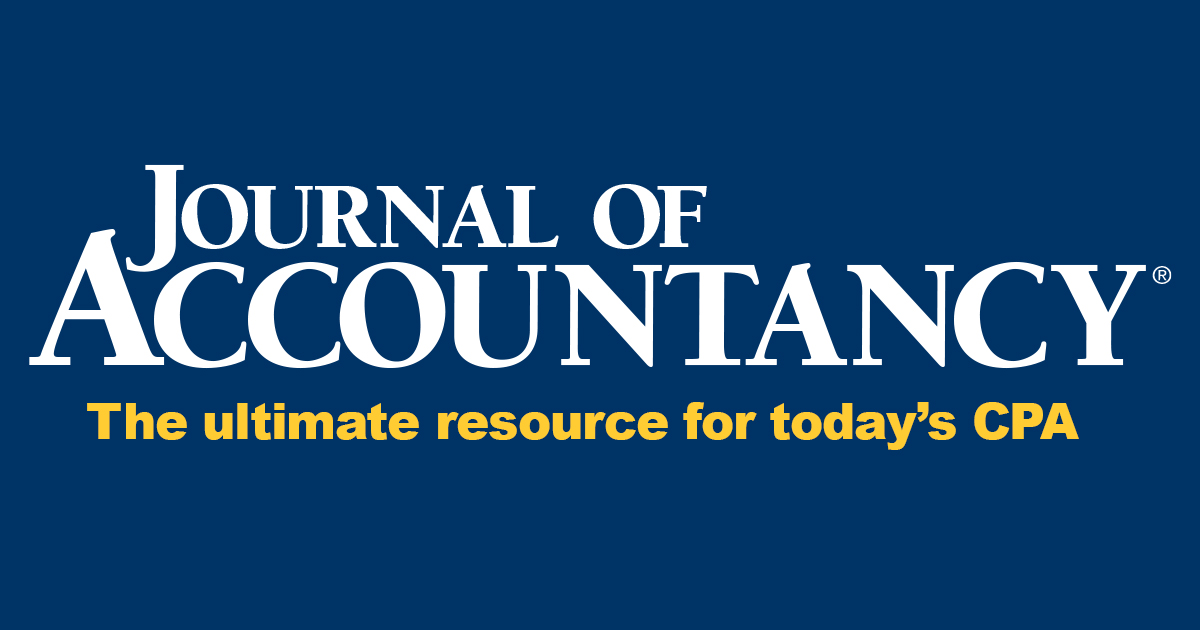
By Stephen G. Austin, CPA; Joel Colbourn; Phillip Doolittle; and Doug Renner | Originally posted on: www.journalofaccountancy.com
Public companies’ required implementation of FASB’s new lease accounting standard in 2019 means that financial statement auditors need to be prepared to make new judgments.
Although the private company implementation date for the standard hasn’t yet arrived, auditors of both public companies and private companies that prepare financial statements in accordance with GAAP will eventually need to determine whether adequate work has been performed to ensure a reasonable opening entry upon implementation. As part of understanding the entity’s processes and controls, auditors also will have to assess whether their clients or companies (in the case of internal auditors) have adequate go-forward processes in place to ensure that upon execution of a contract, a determination is made as to whether that contract is, or contains, a lease.
The new standard (FASB ASC Topic 842, Leases) calls for recognition of lease liabilities and right-of-use assets for lease arrangements previously identified as operating leases and capital leases (which are now called finance leases). This means that on the first day of a new fiscal year, the entity will have to prepare accounting entries to record this recognition. The auditor needs to understand how the client determined the entry balances recorded through this opening entry.
Most companies will adopt the package of three practical expedients by which the leases identified and recorded in the prior year will carry forward as the foundation for the opening entry. This assumes the previous accounting was handled correctly — perhaps a precarious assumption. The new accounting standard does not grandfather in accounting errors. Rather, they need to have been corrected under the old guidance before moving forward.
There are a couple of other key policy decisions with potentially significant consequences. First, there is the accounting policy election to not apply the lease liability and right-of-use asset recognition requirements to leases with initial terms of 12 months or less.
The second key accounting policy election is whether to separate lease and nonlease components, which is done by designating applicability of the election to specific asset types. For many asset types this election can eliminate what might otherwise be an administrative nightmare. For example, it may not be meaningful to financial statement readers if the service component of a copier lease was separated as a nonlease component and excluded from the calculation of the lease liability and right-of-use asset. On the other hand, a large security guard service contract that includes a low-dollar-value golf cart could result in a larger-than-expected lease liability and right-of-use asset balance if this election was applied. Materiality might indicate that it is not appropriate to apply this policy election to asset types where it just does not make sense.
While leasing arrangements generally address a continuing business need, business seldom actually happens as envisioned. The entity needs to be aware of the developments because the entity is responsible for the reassessment, remeasurement, or impairment adjustments. The auditor needs to understand the entity’s process for identifying developments, and the auditor needs to obtain evidence about the adjustments.
Identification Challenges
One of the biggest challenges of implementing Topic 842 is ensuring the identification of all contracts where there is an identified asset being provided. This is significant not only for the preparation of the opening lease accounting entry, but also to ensure accurate recording of new or updated lease arrangements throughout the year. This is a critical “completeness test” that auditors need to perform.
Some key considerations the entity needs to perform in determining the completeness of the lease accounting information include:
- Identifying persons or roles with the authority to execute contracts that are or may contain a lease.
- Asking interested parties to identify leases and other arrangements where identified assets are provided on a continuing basis. Interested parties include supply chain, real estate, operations, distribution, fleet, IT, accounting and finance, legal, treasury, and others.
- Identifying vendors and types of vendors that may represent a higher risk of including contracts that are or may contain a lease.
- Reviewing internal processes for authorizing recurring monthly payments, some of which may include rentals.
- Analyzing entries to rent expense.
- Ensuring adequate training and involvement of stakeholders.
- Reviewing prior footnote disclosure support schedules for completeness and accuracy.
The auditor’s role includes assessing the reasonableness of the entity’s critical “completeness” determination and the related processes and controls that have been established.
Defining the lease term is an issue that never received adequate attention in Topic 840. Under the previous guidance in Topic 840, lease extension options determined to be “reasonably assured” should have been included in the minimum future rental payments footnote disclosure. In practice, the disclosure often covered only the period to the next extension option since it did not actually affect any financial statement balances. There is greater importance under the new lease standard because the correctly defined lease term determines the measurement of a balance sheet asset and liability. Note that the “reasonably certain” standard under the new guidance in Topic 842 approximates the previous “reasonably assured” standard but provides more guidance on when lease extension options should be included in the lease liability.
Determining the appropriate discount rate to use has been an area of confusion and concern. The rate stated or implicit in the lease should be used when determinable. If not determinable, the secured borrowing rate for a similar amount and term should be used. This may involve developing rates to be used based on quotes and rate sheets from lenders and financial institutions. There should be a defined process with appropriate review and approval, and regular updates. The risk-free rate can be designated the discount rate for an organization that is not a public business entity, but that can result in larger finance lease classifications and liabilities than might otherwise be expected.
Materiality Approach
While Topic 842 does not provide specific materiality guidance, many organizations have established a minimum asset size that mirrors their fixed asset capitalization policy below which lease accounting calculations to determine the lease liability and right-of-use asset will not be performed. The materiality approach should embrace the objectives of the new standard while providing results meaningful to the readers of the financial statements.
From an internal audit perspective, Topic 842 presents a very real challenge in the preparation of clear documentation, policies, internal controls, and processes surrounding these complex changes. Typically, management of lease agreements is based in a decentralized office within the company, outside of the accounting office. Bringing cohesion and clarity from a controls and process perspective between the two departments can be the job of the internal auditor to address and bring them into compliance.
A strong working group from both of these areas now becomes necessary for successful knowledge transfer and the appropriate data gathering, especially when it comes to real estate leases that may have been in place and amended over multiple years and embedded leases. The success of the internal auditor in this case begins with data mining the information correctly upon the initial implementation, which will require strong collaboration and clarity from all parties.
Many organizations have looked to outside service providers to perform the needed lease accounting calculations, provide the required accounting entries, and generate the necessary disclosures. Similar to other outside systems used in the accounting process, the auditor should obtain and carefully review the provider’s System and Organization Controls 2 type 2 report to assess the level of effort that may be required to have confidence with the information being provided. There should be clearly authorized processes to establish system users, authorize updates to lease records, and generate and approve accounting entries and disclosures provided by the system.
Creating policies for the go-forward review/renewal and treatment of future leases, as well as review of contracts that may have a potential embedded lease component within them, is now a reality for enterprises and will need to be captured through newly created control processes and then continually followed up on by the internal auditor. Only through strong collaboration, clear policies, and consistent review will the company be assured that it is adhering to this new standard and faithfully representing the amounts on its financials.
Similar to other accounting changes in the past, implementation of Topic 842 will likely be a learn, analyze, and refine process until the desired result becomes another recurring accounting activity. The list of interesting first-time audit issues is a long one, and practitioners need to be prepared for these issues as they audit financial statements of public companies now and those of private companies in the future.
The post Integra Members Publish Article in the Journal of Accountancy appeared first on Integra International.
